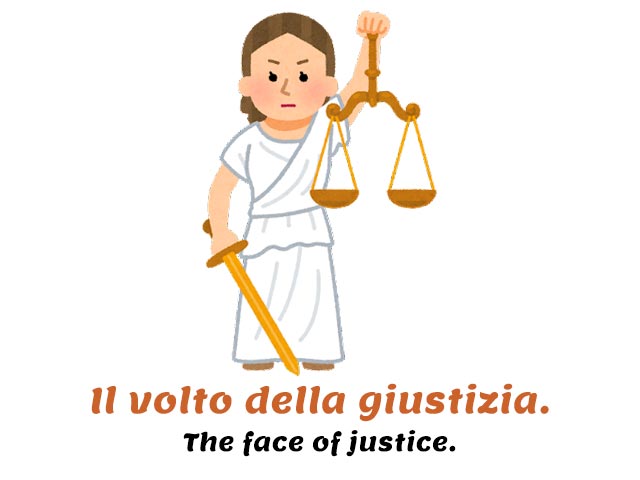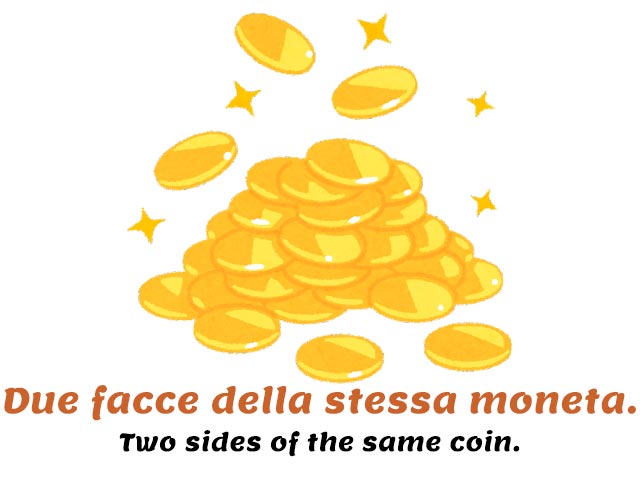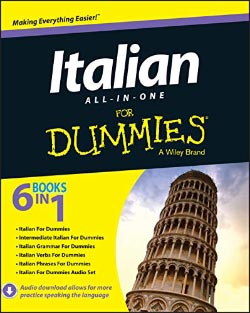You’ve been learning Italian for some time now, and you happened to stumble upon these words: volto, viso and faccia. You know they all translate to face, human face, but what’s the difference between them? Can they be used interchangeably?
Let’s find out in this lesson.
Volto
Volto
Face
Entity
Volto is the least common term between these and is usually found in literary works or when a strong statement is needed.
Along with its main meaning of human face, it can also be used as a figure of speech with the meaning of figure, entity.
Un uomo a volto coperto irruppe nel cortile.
A masked man broke into the yard.
L’attore presta il volto a un personaggio inventato.
The actor lends their face to a fictional character.
Il volto della giustizia.
The face of justice.

Viso
Viso
Face
Viso is a bit more formal than faccia, but not as formal as volto.
It’s not used in figurative speech. It’s almost exclusively used to describe the shape and the emotions of one’s face.
Skin care products for the face always use this term.
Avere un viso stanco, amichevole, luminoso, spigoloso, cupo…
To have a tired, friendly, bright, edgy, dark face…
La forma del viso
The shape of one’s face
Crema idratante per il viso
Moisturizing cream for the face

Faccia
Faccia
Face
Surface
Faccia is the most common translation of face, and it’s also the most informal.
Che ti è successo alla faccia?
What happened to your face?
Guardami in faccia quando ti sto parlando.
Look at me when I’m talking to you.
Title: Italian All-in-One For Dummies
Language: English / Italian
Publisher: For Dummies
Pages: 672
Learn to speak Italian like a native? Easy.
Italian All-in-One For Dummies appeals to those readers looking for a comprehensive, all-encompassing guide to mastering the Italian language. It contains content from all For Dummies Italian language instruction titles, including Italian For Dummies, Intermediate Italian For Dummies, Italian Verbs For Dummies, Italian Phrases For Dummies, Italian Grammar For Dummies, and Italian For Dummies Audio Set.
It’s often used in colloquial sayings, and it can also be used in figurative speech. It’s sometimes used as a synonym for surface or side.
Questo dado ha sei facce.
This dice has six sides.
Due facce della stessa moneta.
Two sides of the same coin.

There are so many idiomatic expressions featuring this word that it’s impossible to list them all in this lesson, but here are a few of them:
Perdere la faccia
To lose face
Faccia di bronzo
Poker face
Literally: Bronze face
Metterci la faccia
To put one’s name
Literally: To put one’s face
Dire le cose in faccia
To say something to someone’s face
Prendere a pesci in faccia
To be rude to someone
Literally: To hit someone’s face with fish
Non guardare in faccia a nessuno
To be inconsiderate of anyone
Literally: To not look at anyone in the face
Vedere la morte in faccia
To be very close to dying
Literally: To see death in the face
Alla faccia!
[Used as an exclamation to convey bewilderment or mocking]
Literally: To the face!
And this is it with the difference between volto, viso and faccia! Now you know everything you need to know about these words. Make sure you practice them with your language peers.
What next?
Now that you’ve seen how to tell the difference between volto, faccia and viso in Italian, you might want to keep learning Italian online with these free Italian resources:
❤️ If you liked this guide on the difference between volto, viso and faccia, consider sharing it with your social media friends who are also studying Italian.



